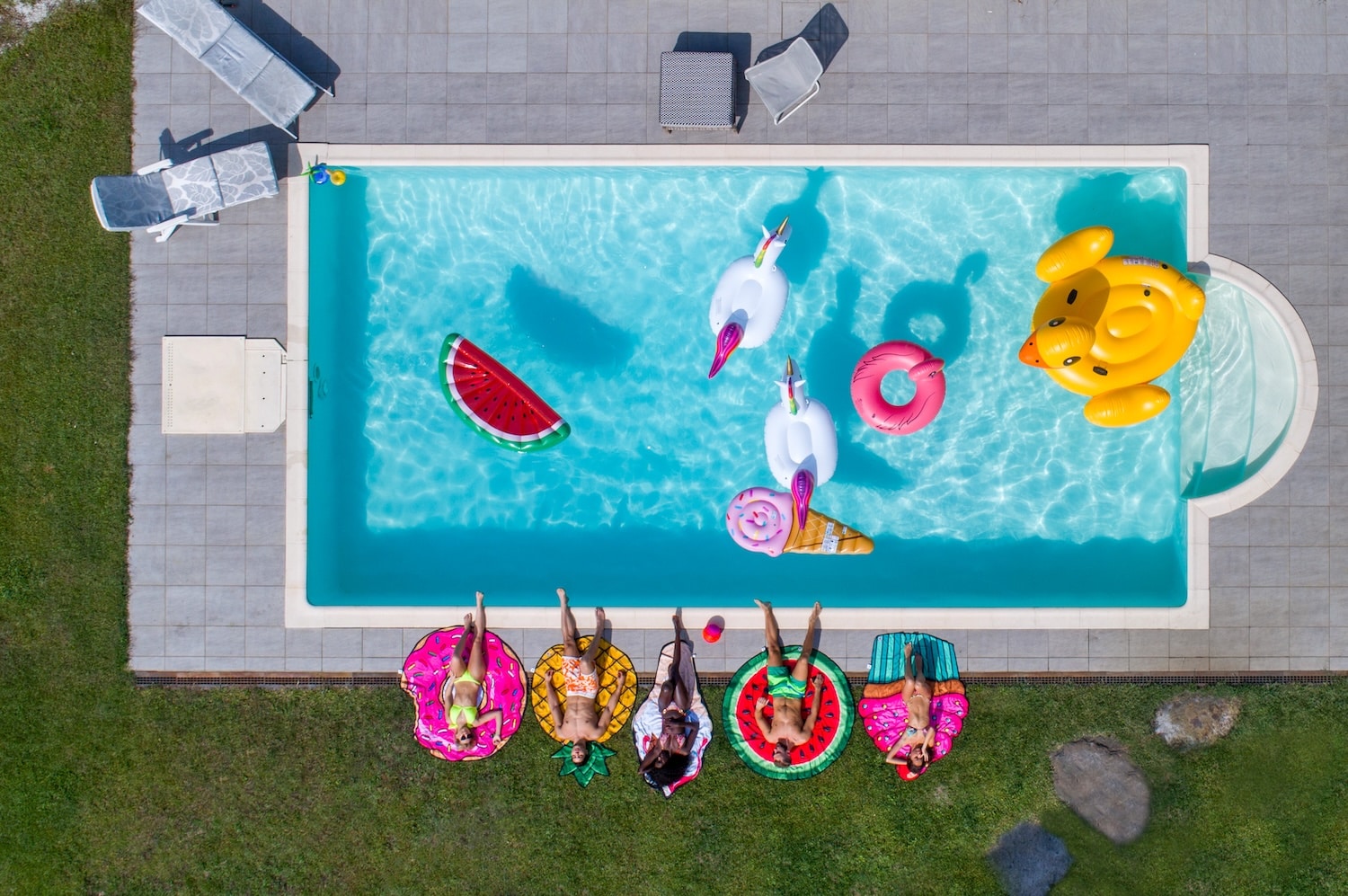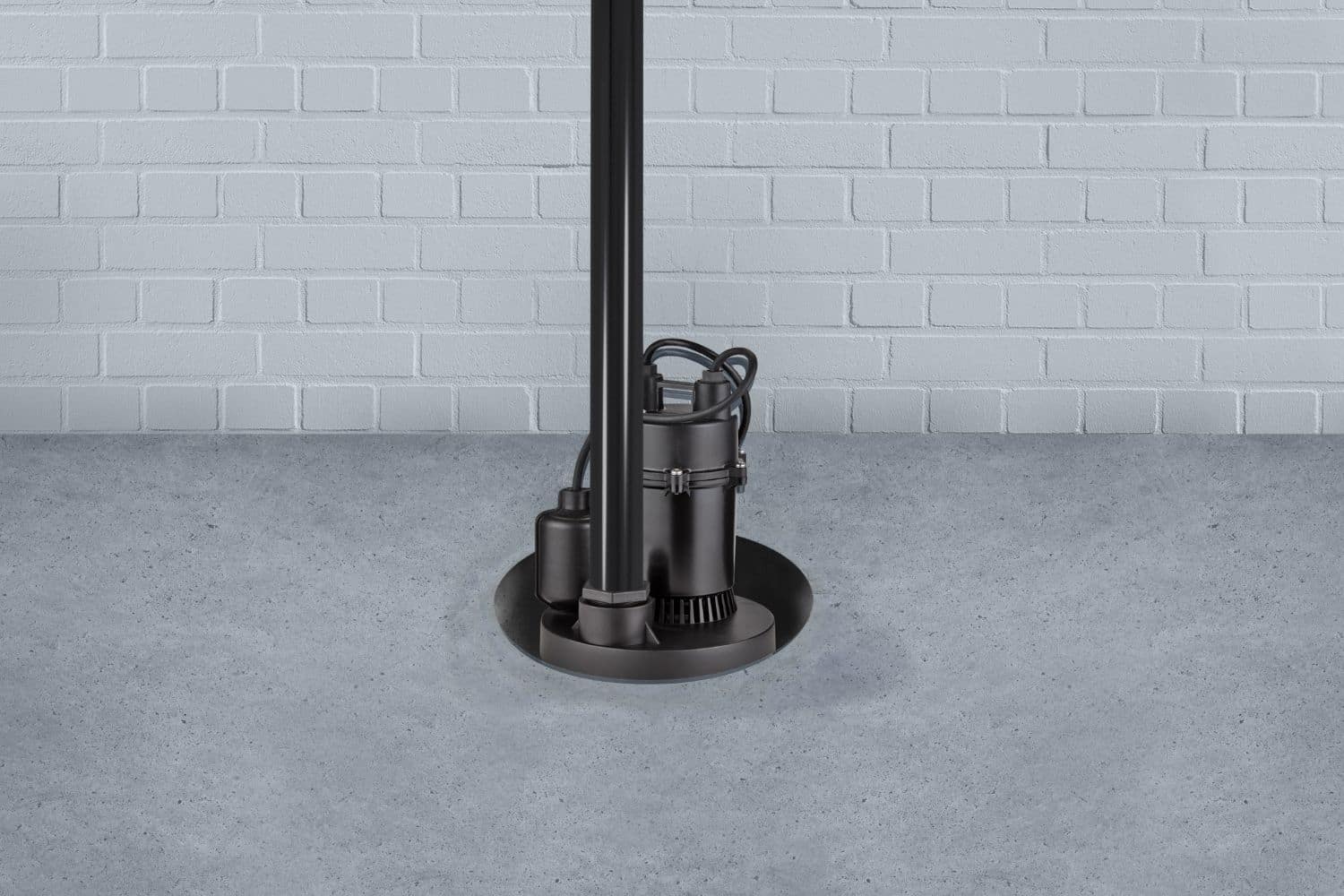Having a swimming pool at your house means endless opportunities for fun, relaxation, and memorable gatherings. But every year, thousands of pool-related injuries occur, impacting people of all ages, from children and teens to adults and even pets.
Knowing the habits, rules, and tools to employ at home can make a world of difference in your pool-owning experience. We’re here to ensure you’re as prepared as possible for a safe, pleasant swim every time.
Why Swimming Pool Safety is Essential
Residential pools account for nearly 400 drownings annually, but the risks extend further—children, teens, and adults frequently experience slip-and-fall accidents around slippery decks or ladders, electrical injuries due to faulty pool equipment, and dangerous suction entrapments caused by outdated drain covers.
Even pets face dangers if safety measures aren’t properly in place. Investing in (and regularly inspecting) pool fencing, gates, lighting, and electrical systems can identify potential hazards early, greatly reducing these risks. Implementing comprehensive safety practices around your swimming pool and house creates a secure, relaxing environment for everyone.

9 Ways to Improve Swimming Pool Safety at Your House
1. Pool Alarms & Fencing
Pool alarms are essential tools that alert you immediately if someone enters your pool without your knowledge. There are several types to consider:
- Gate alarms that are triggered whenever a gate leading to the pool area is opened.
- Surface wave sensors to detect disturbances on the water’s surface.
- Underwater motion detectors to spot movement quickly.
- Be at least 4 feet tall.
- Have self-closing and self-latching gates.
- Be checked regularly for damage or loose sections.
2. Accessible Emergency Equipment
Quick response in an emergency is so critical. Always have these essential items easily accessible and make sure everyone knows the location of these tools and how to use them.
- Life rings for reaching someone in distress.
- Shepherd’s hooks to safely assist struggling swimmers.
- First aid kits stocked with essential medical supplies.
3. Anti-Entrapment Drain Covers
Especially for outdated drains, entrapment is a serious hazard that can cause injuries and drowning. Anti-entrapment drain covers help your pool and house comply with several laws and regulations, including the IL Swimming Pool and Bathing Beach Code.
They prevent suction-related injuries by safely distributing water flow. You or a professional should also regularly inspect covers to ensure they are secure, intact, and fully functional.
4. Communicate Pool Rules
Clear, consistent rules help prevent common accidents. Consider these practical guidelines and post them around the pool area to remind everyone and reinforce safe behaviors:
- No running or horseplay on the pool deck or surrounding pavers.
- Always supervise children.
- No diving in shallow areas.
5. Pool Safety Covers
Pool covers protect your family and pets from accidental falls when the pool isn’t in use. Choose ASTM-approved covers for safety. They should securely anchor to the pool deck and be easy to install or remove.
Automatic or mesh safety covers are especially convenient and reliable.
6. Proper Pool Lighting
Adequate lighting makes your pool area safer at night. Good lighting helps prevent slips and falls, and enhances supervision. Choose options like:
- LED lights for brighter, energy-efficient illumination.
- Pathway lights for clear visibility on decks and walkways.
- Underwater lighting to clearly see swimmers at night.
7. Learn CPR and Basic Water Rescue
8. Regularly Ensure Electrical Safety
Electrical safety is vital around pools, as water significantly increases the risk of electric shock. Regularly inspect your pool’s electrical equipment for:
- Corrosion or visible damage.
- Flickering or malfunctioning lights.
- Circuit breakers that frequently trip.
9. Maintain Pool Deck and Drainage
Slips and falls are common around pools, especially if decks are poorly maintained. You should consistently watch for:
- Cracks, loose tiles, or uneven surfaces.
- Standing water (indicates poor drainage).
- Efflorescence (a white powdery substance), signaling drainage or moisture issues.

Other Maintenance for a Safe Pool Area
Keeping your swimming pool safe involves more than the pool itself. Keep these routine tasks in mind:
- Check water chemistry frequently to prevent algae growth or bacterial contamination.
- Inspect pool ladders and handrails for secure installation.
- Ensure pool pumps and filters are functioning properly for clean water.
When to Call a Professional
Swimming pool safety isn’t just about keeping the water clean. It’s about ensuring every aspect of your home’s pool area is safe and compliant. Call Prospective Home Inspections if you notice:
- Damaged fences or gates that no longer latch properly
- Signs of electrical issues, such as sparks, corrosion, or frequent breaker trips
- Cracks or instability in the pool deck that may lead to injury
- Questions or concerns about local safety compliance or other regulations
Conclusion
Enjoying your pool safely means taking proactive, consistent steps to ensure your pool area stays hazard-free. As you put these pool safety tips and tools into practice, if you ever have concerns or aren’t sure your pool area is up to standards, the friendly experts at Prospective Inspections lend a trained eye.
Our detailed home inspections clearly identify potential safety risks—from pool and spa issues to structural concerns—and offer digestible reports so you can confidently address them. Reach out today in Naperville, IL, and surrounding areas!






